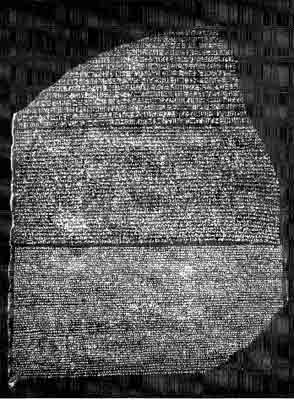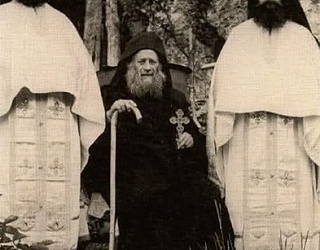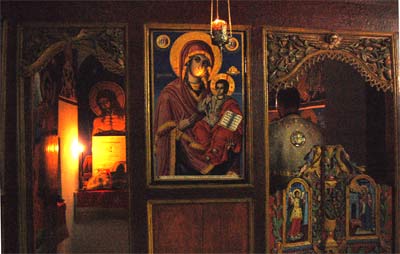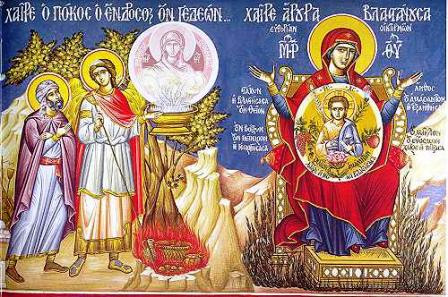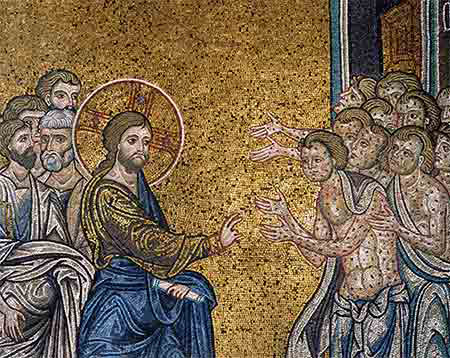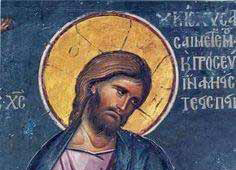|
TRACING THE SCRIPT AND THE LANGUAGE OF THE ANCIENT MACEDONIANS According to the perception of contemporary science, as well as the text being written in three scripts, two languages had been used:
ancient Egyptian (written with hieroglyphs and in the demotic script) The appearances of the three parts of the text are available on the following links: hieroglyphic, demotic, ancient Greek. The perceptions and results of our research in analyzing and deciphering the middle text of Rosetta Stone are presented here, starting from the assumption that the text in the demotic script was written in the language of the ancient Macedonians, i.e. in the ancient Macedonian language. You may proceed to the characteristics of the analyzed script through the following topics:
Click here to proceed to the dictionary of deciphered words and terms from the middle text of the Rosetta Stone. Click here to proceed to the complete text. Contact: Aristotel Tentov Оваа е-адреса е заштитена од спамботови. Треба да ви е овозможено JavaScript за да ја видите. Tome Bosevski
After a short military clash with the English army, when Napoleon won the battle, a peace treaty was signed in Alexandria in 1802. In accordance with the regulations of this peace treaty all the goods and artifacts possessed by the French army became the property of the British. On the basis of this, the Rosetta Stone was moved to England where it still is today and is one of the best-known exhibits at the British Museum in London. The Rosetta Stone is a stone of black granite, characterized with the following attributes
height 1.44m
The special decree that had been inscribed on it, according to contemporary scholarship, was issued by the priests in order to glorify the pharaoh Ptolemy V Epiphany Eucharist one year after his coronation, more precisely, according to present-day calendar on 27th of March 196 B.C.
|
Sidebar
Научни трудови
Видео содржини
Наука и Култура
Јули 20, 2025
Ставови
455
Денес, кога болката е наша
Во Гетеборг, 1998 година, огнот го изгасна животот на 63 млади.Но подолго траеше тишината. Недостигот на план. Отсуството на глас за преживеаните.Таа трагедија ја натера Шведска да го редизајнира системот.
Април 17, 2025
Музика
1049
ЈУБИЛЕЈ НА МУЗИКАТА - X ИНТЕРНАЦИОНАЛЕН ФЕСТИВАЛ ПОЛИХИМНИА 2025
Од 11.04 - 15.04. 2025 год. во Скопје по десетти пат се одржа Интернационалниот фестивал на класична музика Полихимниа 2025. Единствен од ваков вид во нашата земја и оригинален по својата содржина и оваа година фестивалот се обиде да ги обедини најдобрите…
Интервју со Живко Грозданоски: ДПМ може да дејствува гласно, сложно и независно
Ми се чини дека надворешните предизвици, како на пример отсуството на соработка со некои…
„РАДОСТА НЕ ДОАЃА САМА, ТАА МОЖЕ ДА ЈА ЗАСЕНИ ТАГАТА“ Академик Ќулавкова добитничка на наградата „Браќа Миладиновци“ на СВП
Пред 35 години, август 1989-та, ми беше доделена првата награда за најдобра поетска книга…
По премиерата на новиот филм „The Walk“ во Њујорк на двојната кандидатка за Оскар - Тамара Котевска
Работејќи од нејзините разговори со Асил и другите деца бегалци, режисерката направи…
Наум Доксевски, кинематографер на „Домаќинство за почетници“: Со Горан бевме согласни дека најважно е да ја доловиме емоцијата на платното
На денешната прес –конференција екипата на филмот „Домаќинство за почетници“, кој беше…


